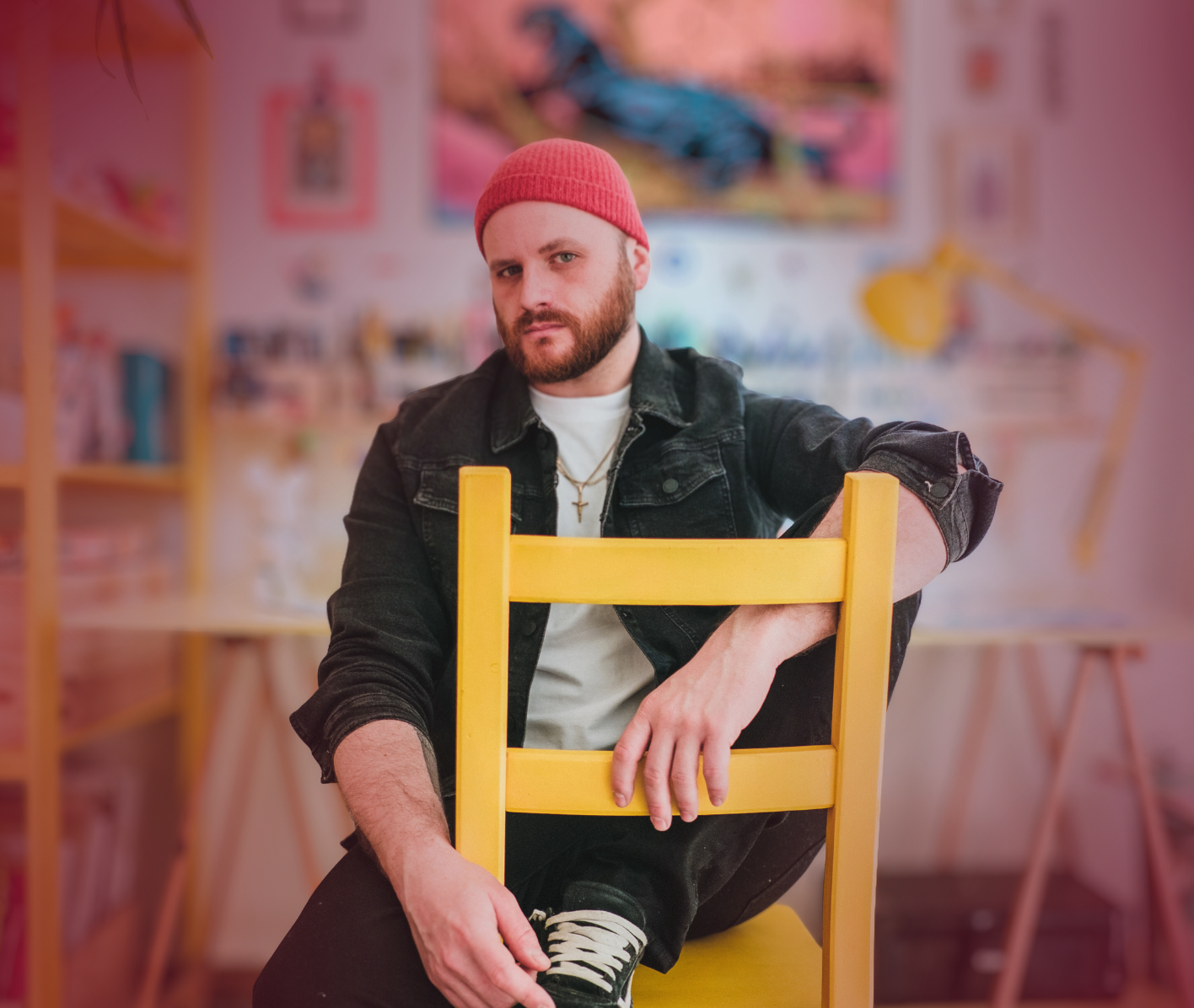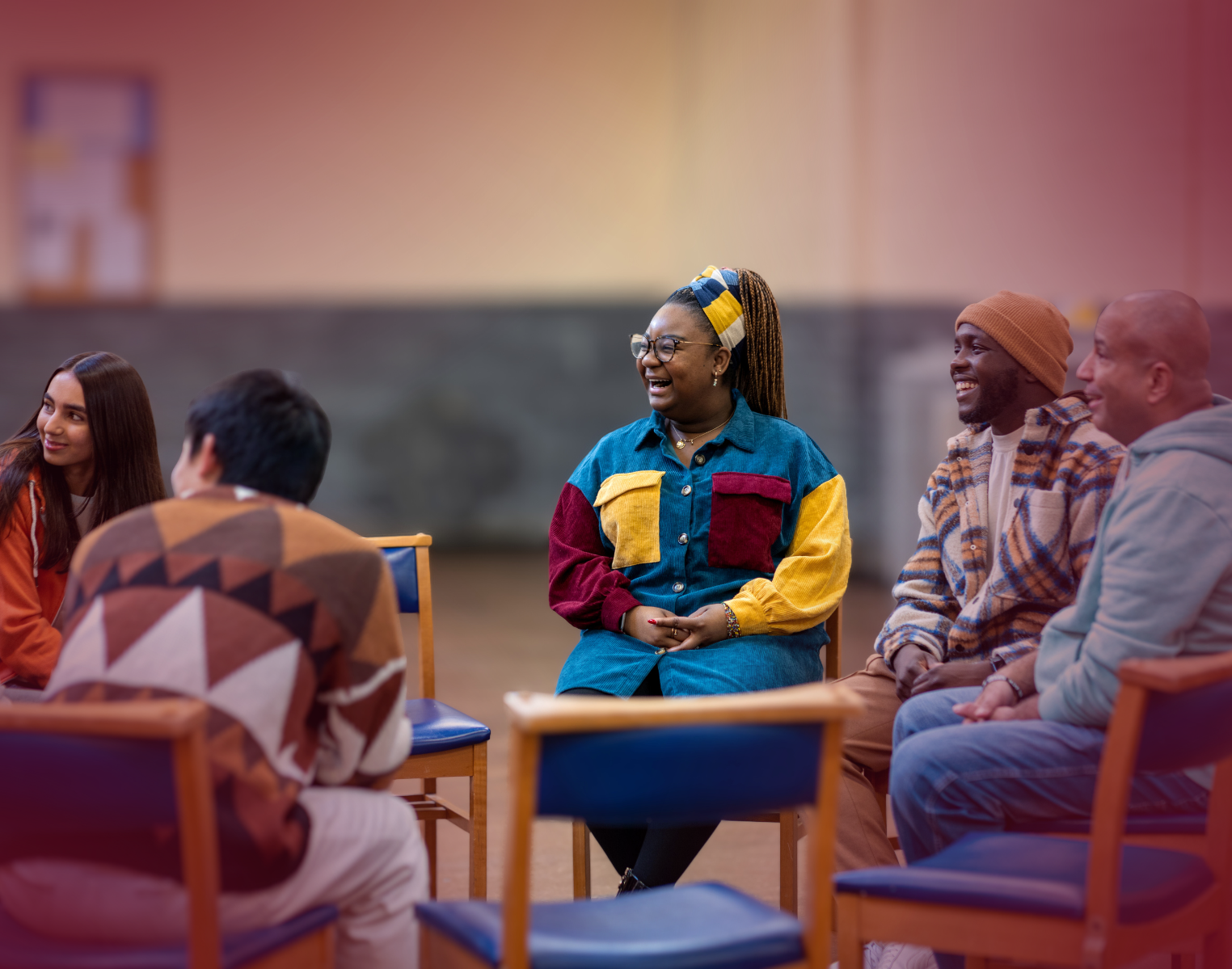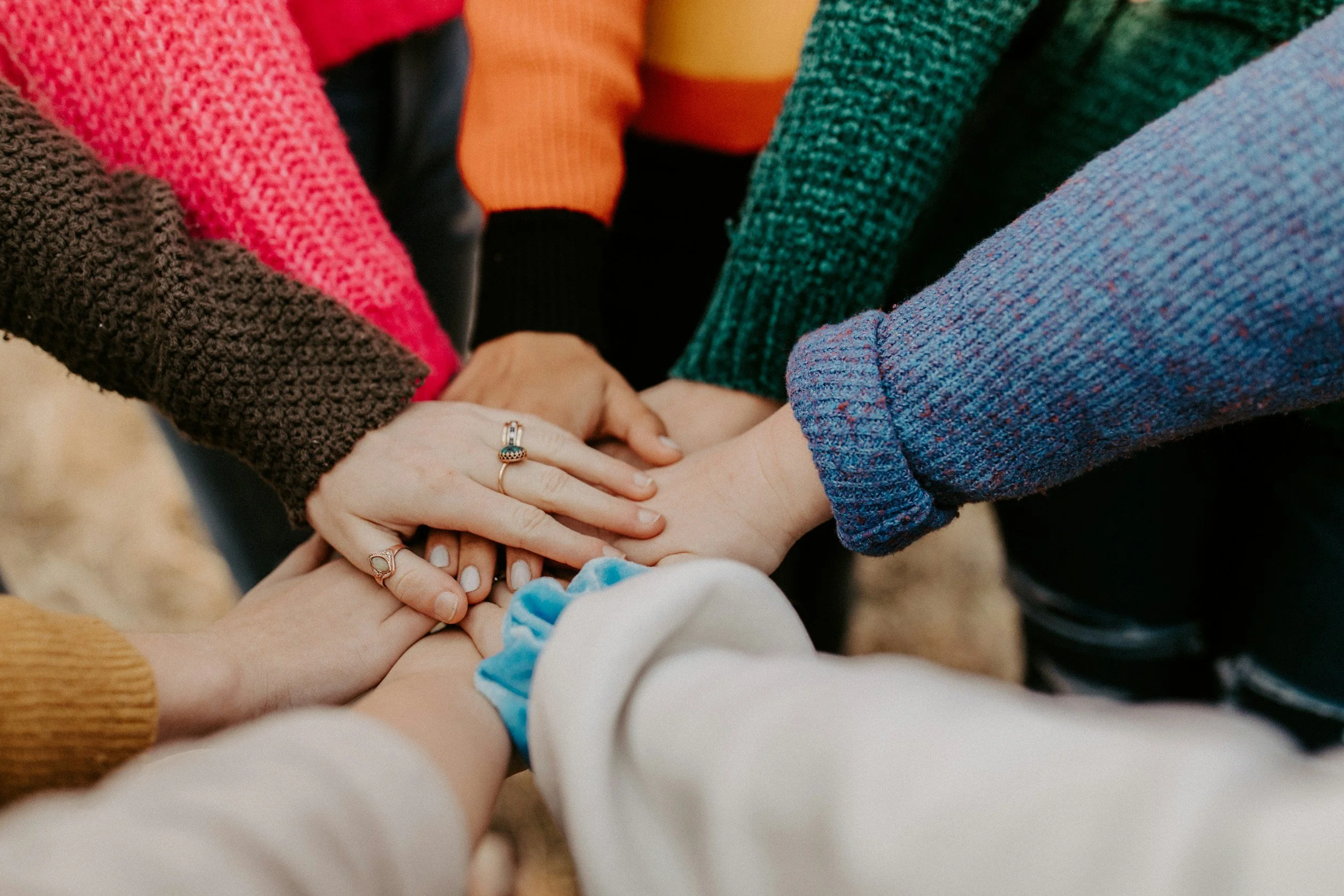
Need support now?
We are your local 988 lifeline.
Compassionate care for all.
We offer care during moments of hopelessness.
Community-based Crisis Support
-

Crisis Services
Are you in crisis? We offer 24-hour support on our crisis and suicide prevention lifeline. Call, text, or chat 988.
Anytime. Anywhere.
-

Therapy Services
We offer therapy services for youth, adults, older adults, and families. We also facilitate support groups in our office and around Alameda County.
-

Community Education
We share knowledge with our communities through trainings, workshops, and skill-builders for helpers in any role.
You’re invited!
Our events provide spaces for community care and a sense of belonging. We’d love to see you there!
Our work relies on you.
Since 1966, our services have been community-run and supported. Volunteers and small donations make all of our operations possible.
Please contribute in a way that feels right for you.


